|
After many years of canning, I started to venture out into fermentation as well. One of the new recipes I tried this year is sauerkraut. In this blog post I'll walk through the process I use. It's based on the NCHFP instructions. The first step is growing cabbage. Cabbage heads are huge so I usually just buy a few seedlings since I don't need too many. After picking the cabbage head, I take off the root and a few layers of outside leaves outdoors and compost them. Once in the kitchen, I put the cabbage in the sink and wash and remove any outside leaves that are dirty. I set aside a few flat leaves for later, then I quarter the cabbage and start slicing it into the thinnest pieces that my patience allows. As I chop the cabbage, I dump it in a big pot and add canning salt. You need 3/4 cup of salt per 25 pounds of cabbage. I alternate layers of cabbage and sprinkled of salt. Then comes the fun (stress relieving) part. To tenderize the cabbage and help it release its juices, you have to massage it with your hands, and then pound it with a pestle of some kind. It is truly amazing how much the consistency of the cabbage changes, how much more compacted it becomes, and how much juice comes out of it. After a period of rest, I pack the cabbage in its juice in mason jars. Again, I use the pestle to make sure there aren't any air gaps. I cut circles out of the flat cabbage leaves I saved and put them on top of the cabbage and juice (you can see one in the middle jar in the picture below). On top of the cabbage leaf, I add a glass weight that ensures everything is submerged (key to prevent anything from spoiling), a vented silicone cap, and a jar ring. After that, I tuck away the jars in a box in an out of the way spot. It's best to keep them in the dark. I leave them mostly unattended. They expel lactic acid (which makes the Ph drop) and CO2. It's important not to open the jars, so that the CO2 produced by fermentation gradually replaces all the air. During this time, bacteria that thrive in the salty brine environment take over. The amount of time needed for fermentation varies depending on temperature. My house is fairly cool so I let it ferment for about 5 weeks. It is interesting to see the CO2 bubbles and the color change. Once the fermentation is done, I remove the glass weights, do a bit of repacking (making sure all jars are topped up to 1/2 inch from the top, putting some in smaller jars so I can have smaller portions when needed, etc). I put on canning lids and pop them in the steam canner. I follow the NCHFP instructions for processing them in the canner. It's also possible to just put them in the fridge at this point but fridge space is always tight for me so if I can make it shelf stable, I do. And it's done! Shelf stable sauerkraut ready to be put away. We'll use it as a side dish, in sandwiches, veggies dogs etc.
0 Comments
Tomatoes are the super star of many gardens, including mine. They are one of those vegetables that are SO much better grown in a home garden, compared to store bought. Eating garden tomatoes kind of ruined store bought tomatoes for me. So, I try to grow enough tomatoes to eat year round and to cover off most of our tomato product needs.
Generally in my garden, you will find about 4 cherry tomato plants and about 30ish regular tomato plants. I buy the cherry tomato plants as seedlings so that I can have 4 different varieties. I have a separate article on my top uses for cherry tomatoes - it's easy to get overwhelmed by them as peak times! In terms of regular tomato plants, I used to plant a few different kinds but lately I only plant one kind of paste tomato. I find that they are great to use for everyday tomatoes too so I don't bother planting a "slicing tomato" anymore. The advantage of paste tomatoes is that they are very fleshy - they don't have a lot of water/seed chambers, which means that you don't "lose" as much when you can them, and you don't have to reduce tomato sauce too much on the stove before canning it. My tomato of choice is the Roma. I usually order new Roma seeds every year from Vesey's. Unfortunately, tomatoes cross-pollinate, so I haven't been able to save seeds from year to year (I would get hybrid roma/cherry tomato plants if I did, as is often demonstrated by the "volunteer" seedlings that pop up everywhere around the garden). This year I tried San Marzano instead, but I think I'll go back to Roma. San Marzanos need a bit more time to grow, and I found I had a lower yield and smaller fruits than when I grow Roma. It may just have been an off year for tomatoes, but since I was always happy with Roma, I'll go back to them. A neat tip that I learned is that you can pick up tomatoes as soon as they "blush", that is, lose their shininess and start to have a hint of pink. There is no advantage to letting them ripen all the way on the plant - they won't be tastier. That's a common myth. You can ripen them indoors and they don't need any light to ripen. The advantage of doing that is that they are less likely to be attacked by a pest. I have noticed that ever since I started doing this, I have much less pest proliferation within my garden. Once a week I pick up all the tomatoes that have started to turn, regardless of what stage they are at. I can them in batches as they ripen in the house. Every year I prioritize what I make with my tomatoes. From highest priority to lowest priority, here is what I make with my tomatoes:
If I ever have more than needed for these four priorities, I would love to also make:
When frost starts to threaten the garden, I pick up all the green tomatoes and can those. I love canning:
Water bath or steam canning can only be used for high acidity foods such as pickles, jellies, salsa, and tomato based products (see my summary of modern canning methods). For anything else, such as meat, fish, seafood, and low-acid vegetables, a pressure canner is the only safety tested way to can. I am sure that the ability to can meat ups the value proposition for any meat eating household - but my husband is vegetarian and I am mostly vegetarian (I occasionally, but increasingly rarely eat fish and seafood), so I wasn't very sure that a pressure canner was worth it for us. After all, most low-acid foods, although they cannot be water bath canned, can be preserved in other ways, for example freezing, drying or cellaring.
That being said, it's now been about 3 years of using a pressure canner, and I am very glad I have it. I do think it is a little bit less essential for a vegetarian household but it is still very useful. Every year, my freezer is totally full, so it is quite helpful to have an alternative when it comes to storing vegetables. Otherwise I wouldn't have enough space. It also allows for a few shortcuts in terms of food prep since pressure canned vegetables are already diced and cooked in the jar. Here are the main ways in which our mostly vegetarian household uses pressure canning:
In the future I might can corn (if I ever get more than we can eat fresh), sweet potato (it's hard to get slips here but they grow quite well), and kidney beans (for convenience - they store dry quite easily though). Some water bath recipes can also be done with the pressure canner and may take less time, but I haven't found that to be worth it. Once you count the pressurizing/depressurizing time it's not always worth it (especially now that I've replaced my water bath canner with a steam canner, which heats up much quicker). Usually, foods done in the pressure canner will be more mushy than those done in the steam canner, which can be a disadvantage (for example with whole tomatoes). There are also some people in Quebec who have described a method for using a pressure canner as a steam canner - if you follow that train of thought, I would say a pressure canner would be totally worth it since you would only need that one vessel in order to do all types of canning. But I have a small hesitation in terms of whether I feel like the method was sufficiently demonstrated to be equivalent. It is not accepted by US canning experts as far as I know. So, all in all, I've found pressure canning pretty useful especially in the soup department, to free up some freezer space, and for food prep convenience (having veggies already diced and cooked). All this is probably not as life changing as for someone who consumes meat, but it's been worth it for us. Shortly after we moved here, I planted a few fruit trees. I remember how far away the the estimated 3-5 years to maturity sounded, but before I knew it, we started getting lots of fruit. Not all the trees I planted made it...some could blame the harsh winters, others might be more precise and blame snowplowing incidents. I'm still waiting to see if the pear trees ever bear fruit, but we get lots of apples - this year we got so many that we couldn't pick all of them. It was a big job picking all of them, and a big day of processing. Here are the steps we followed. 1. Early harvest: Ray got a little impatient and harvest a first crop sometime in September, and made it into Hard apple cider. It fermented quickly and we've been having it as bubbly, relatively low alcohol cider. When the apples were truly ready, we harvested the rest. It works best to do this as a two person job - one person on the ladder and one person on the ground. We are careful not to bruise the apples during this process. I then sorted the apples into categories and processed them appropriately Perfect apples (no blemishes, no bruises) were set aside for storage. I wrapped them individually in newspaper. I filled up the two fridge crisper drawers with apples (one drawer of red apples and one of yellow apples). All the overflow (two crates) went into my parents' basement fridge so that the rest of the family can have as many as they like, and for future processing possibly. Apples with some blemishes or bruises were peeled and sliced, with the blemishes removed. The resulting apple slices get canned and I'll use them for cooking and baking. For example for fruit crumble or apple pie. Very small / irregular shaped apples became apple juice. I used the steam juicer for this, and canned the resulting juice. I process it for 10 minutes instead of 5 minutes, since you don't have to sterilize the jars ahead of time if you process for 10 minutes. It's possible to make the leftover pulp into fruit rollups, too, but I didn't take the time. I also couldn't resist making a special category of the five best looking apples, they are really picture-perfect and they are on my desk so I can admire them for a little while before eating them for snacks as I work! I find that having apples (or other fruits) right on my desk makes it less likely that I'll get up and get a less healthy snack from the kitchen when I get hungry and I don't have much time to get up between meetings. I have a couple of tools that are really helpful to process apples. I use a handcrank peeler. It speeds up peeling by a factor of two. I like the kind with the suction cup on the bottom (instead of a clamp) - I suction it to a cookie sheet and the cookie sheet catches most of the debris. I also have a slicing gadget that slices the apple into six pieces plus the core. My steam juicer is very helpful for juicing the apples. Finally I use my steam canner to put everything into shelf stable jars. Some days when I'm feeling more philosophical, I think about how bigger sustainability concepts connect to our little homestead. For example, the circular economy is a big concept in sustainability. A circular economy is a production and consumption model within which all things are reused, recycled, repurposed as much as possible. Here are a bunch of real life case studies of circular economy. Closer to home, I couldn't help but think that our recent grape harvest was like a little model of a circular economy. When we harvested grapes this year, we made very good use of everything we harvested... anything that was a byproduct of an operation became something else that was useful. Nothing went into the garbage. Here's a little diagram of how it played out. This is the tastiest kind of circular economy! Flip through to see some of the products we got from our delicious Concord grapes. |
About this blogThis is where I share my learnings and adventures in homesteading Archives
May 2024
Categories
All
|
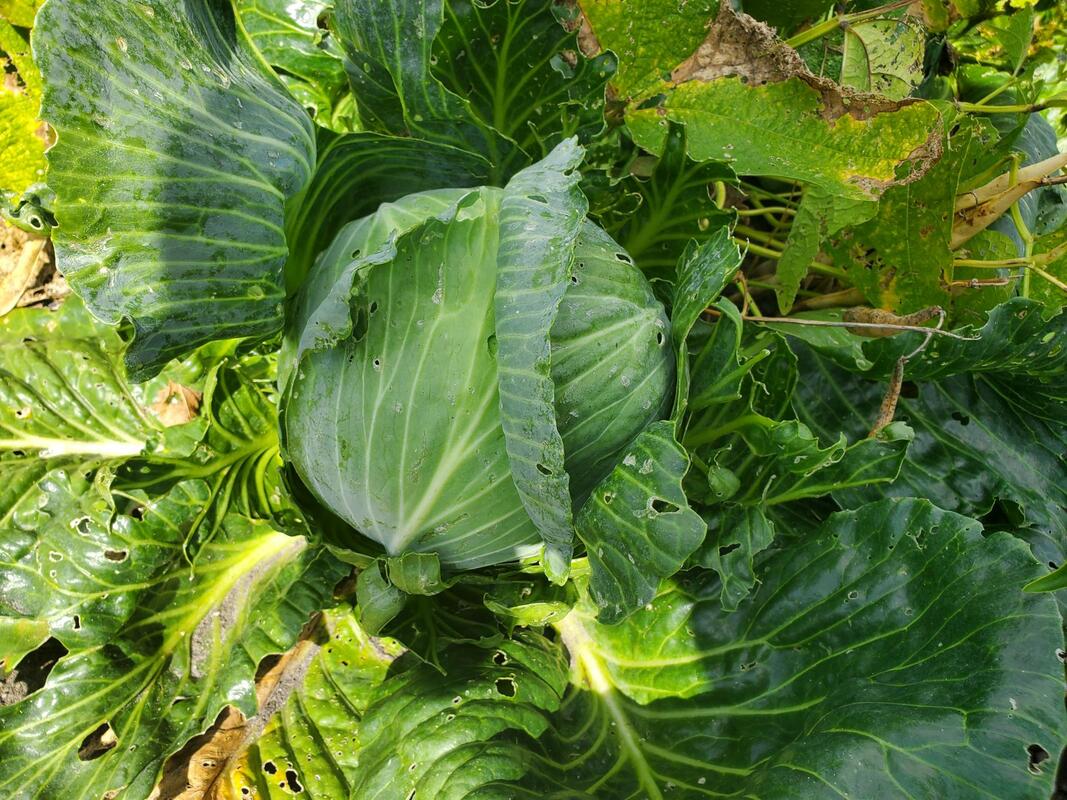
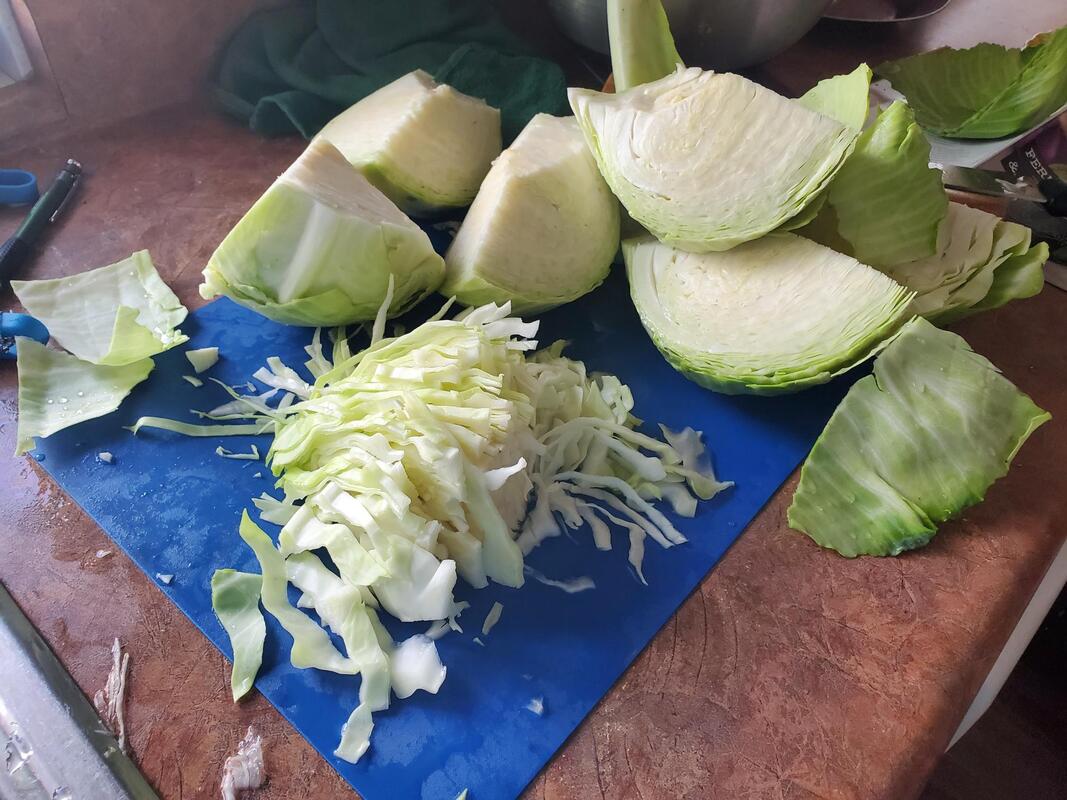
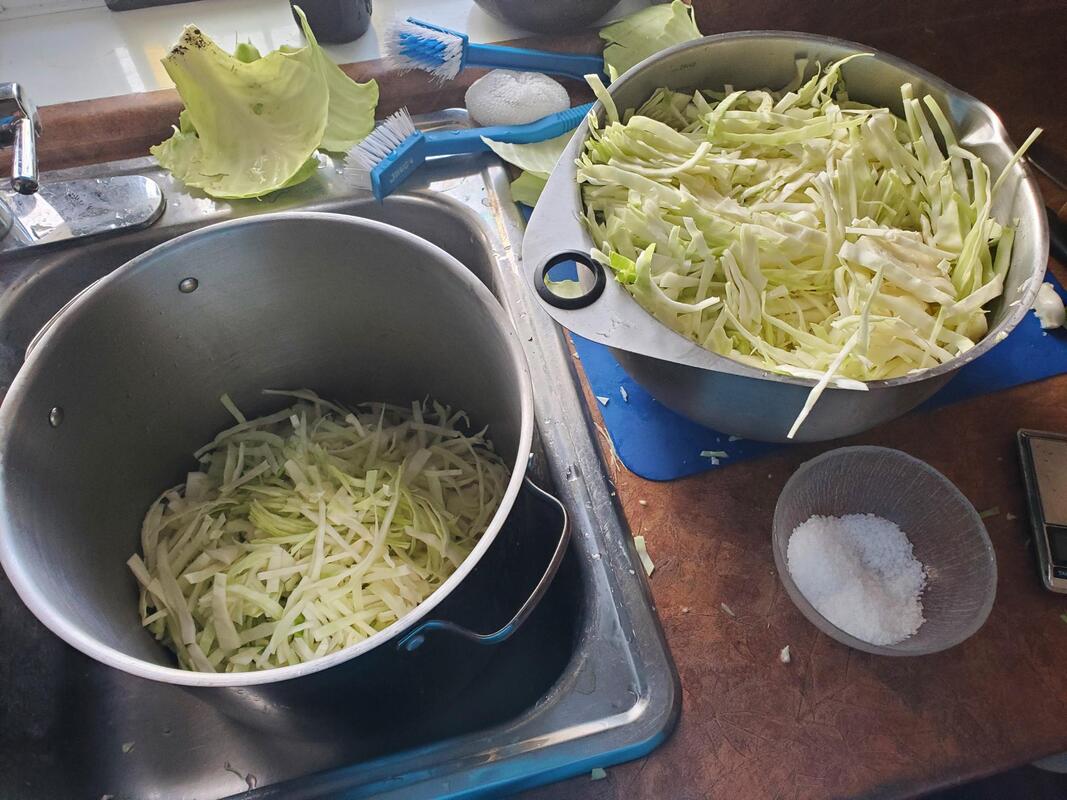
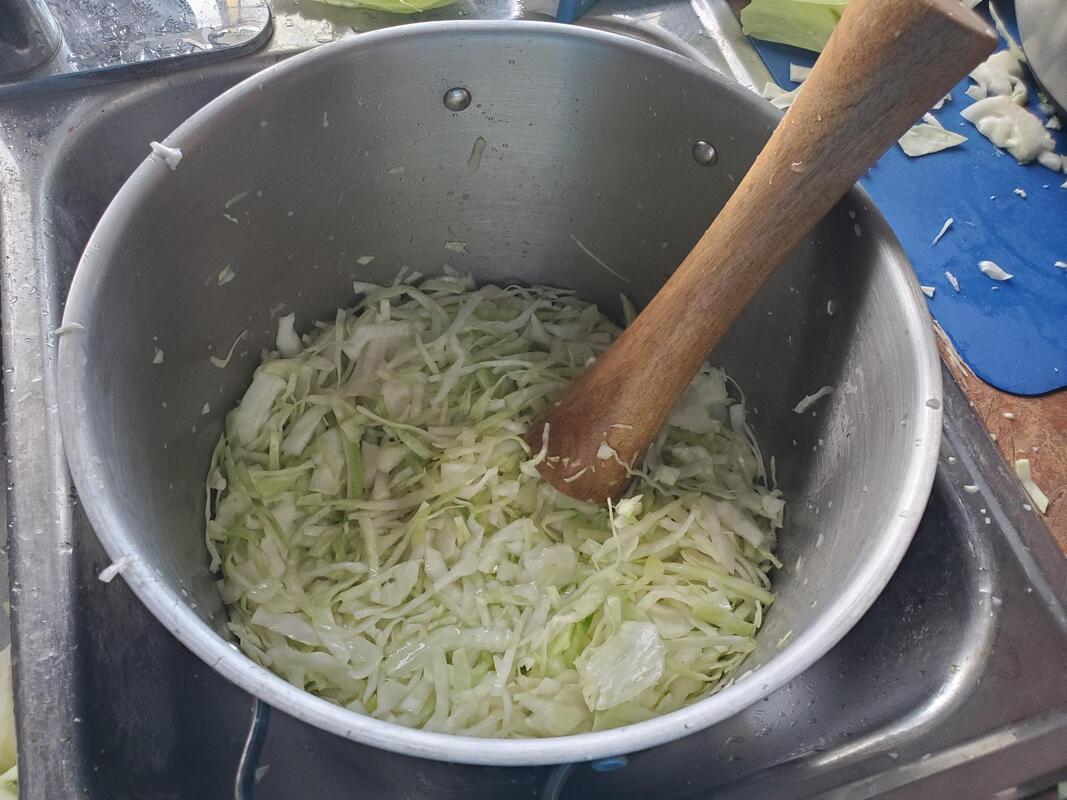
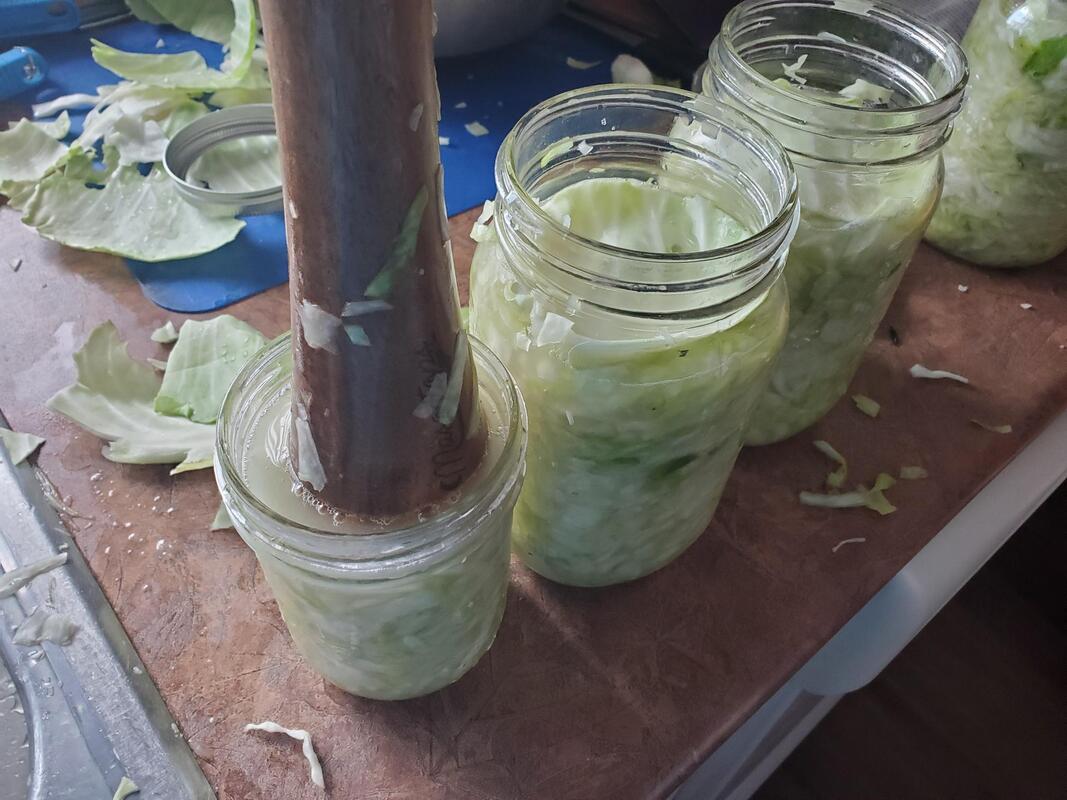
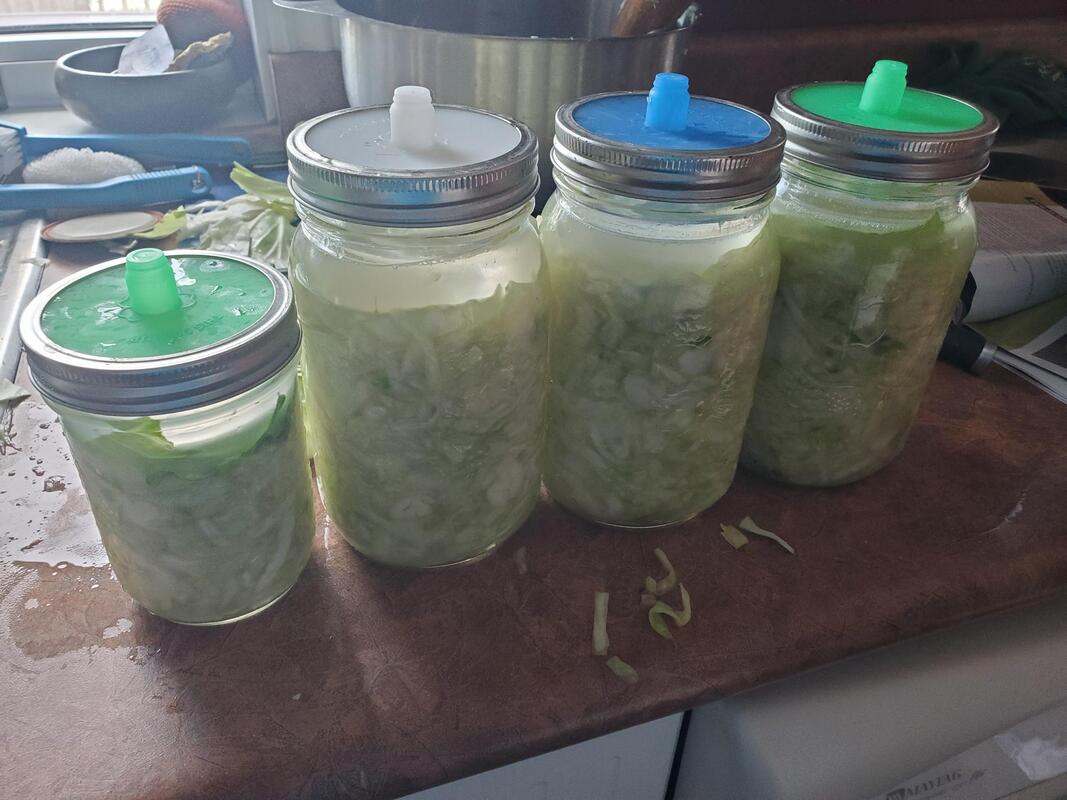
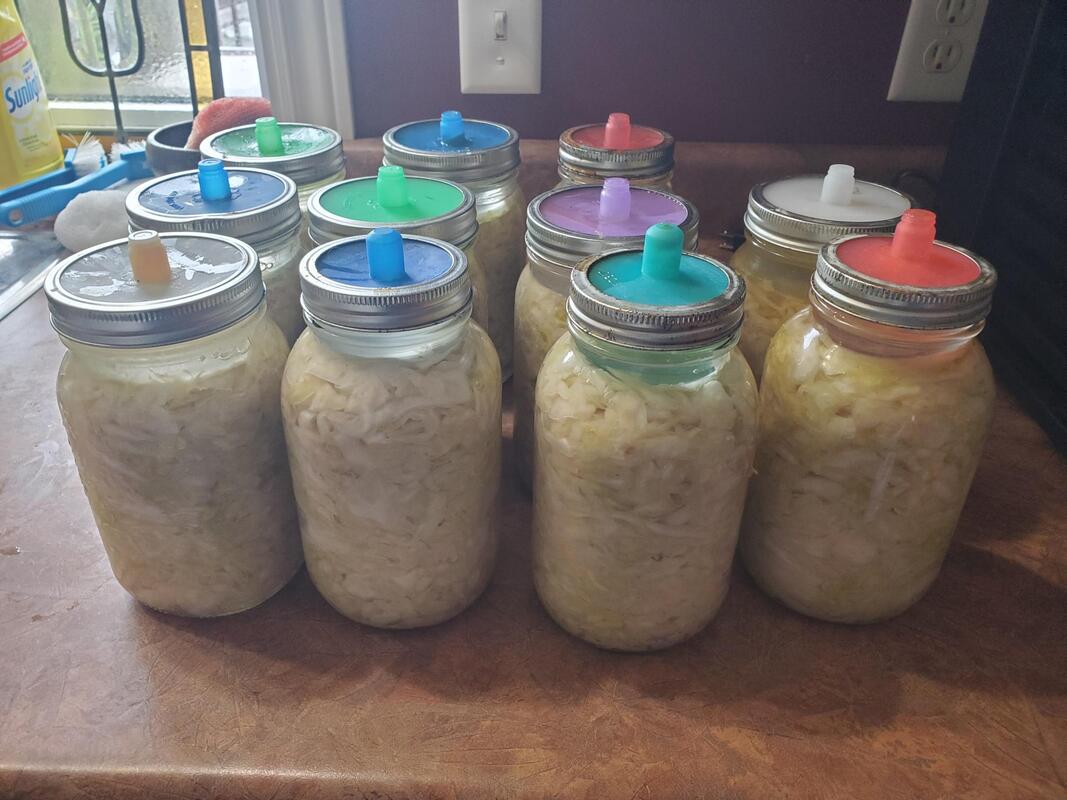
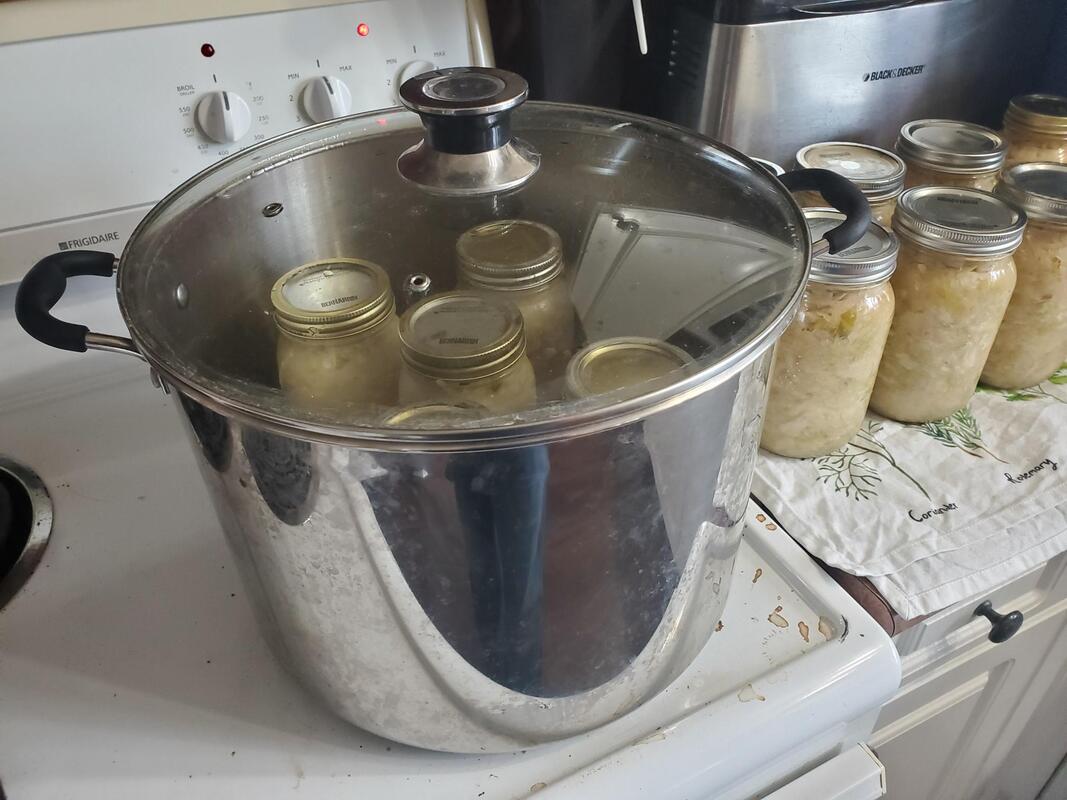
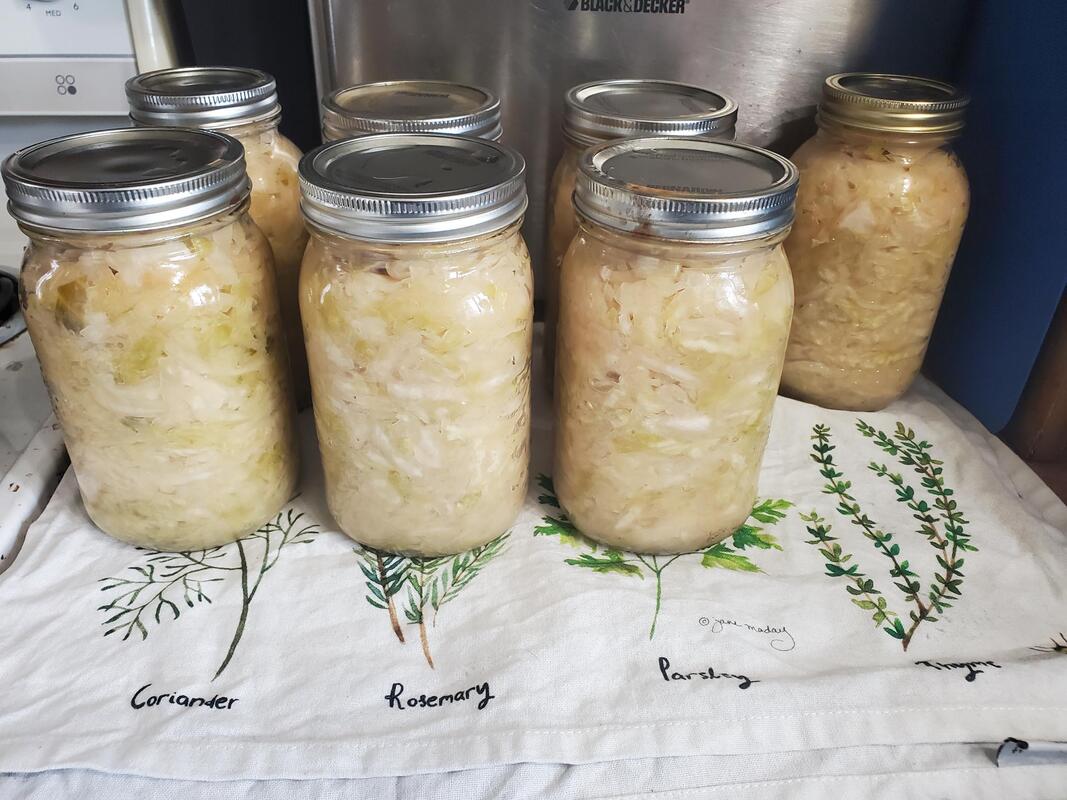


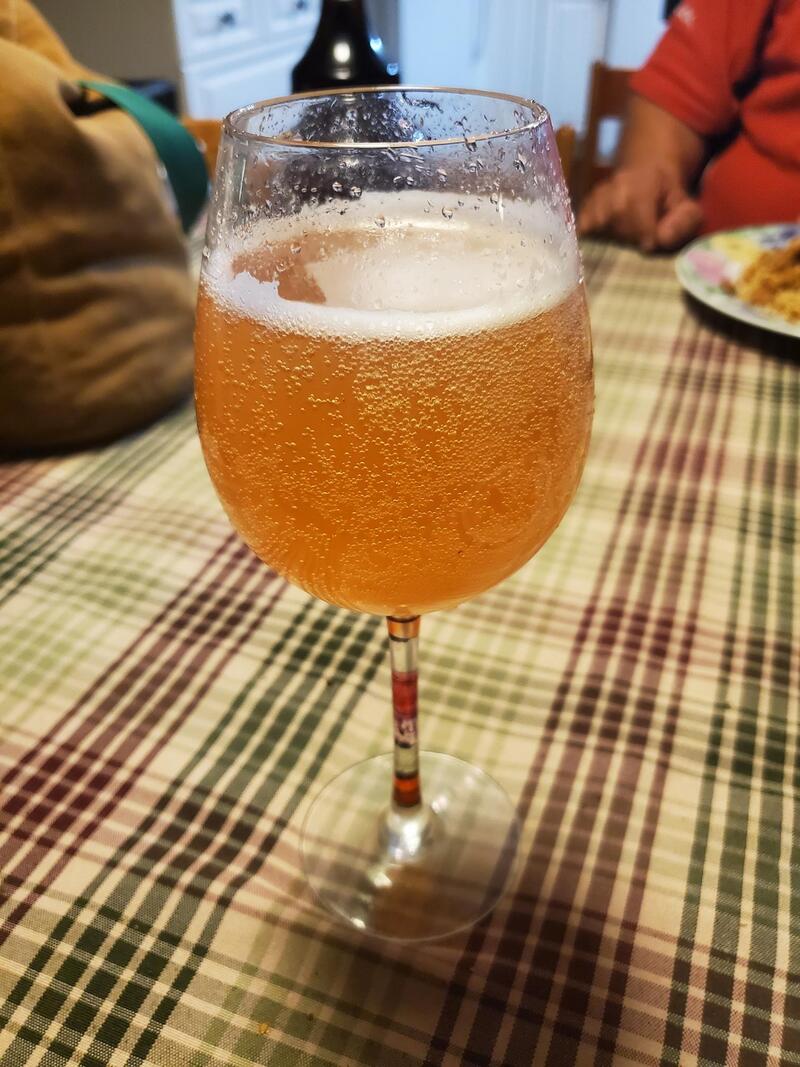
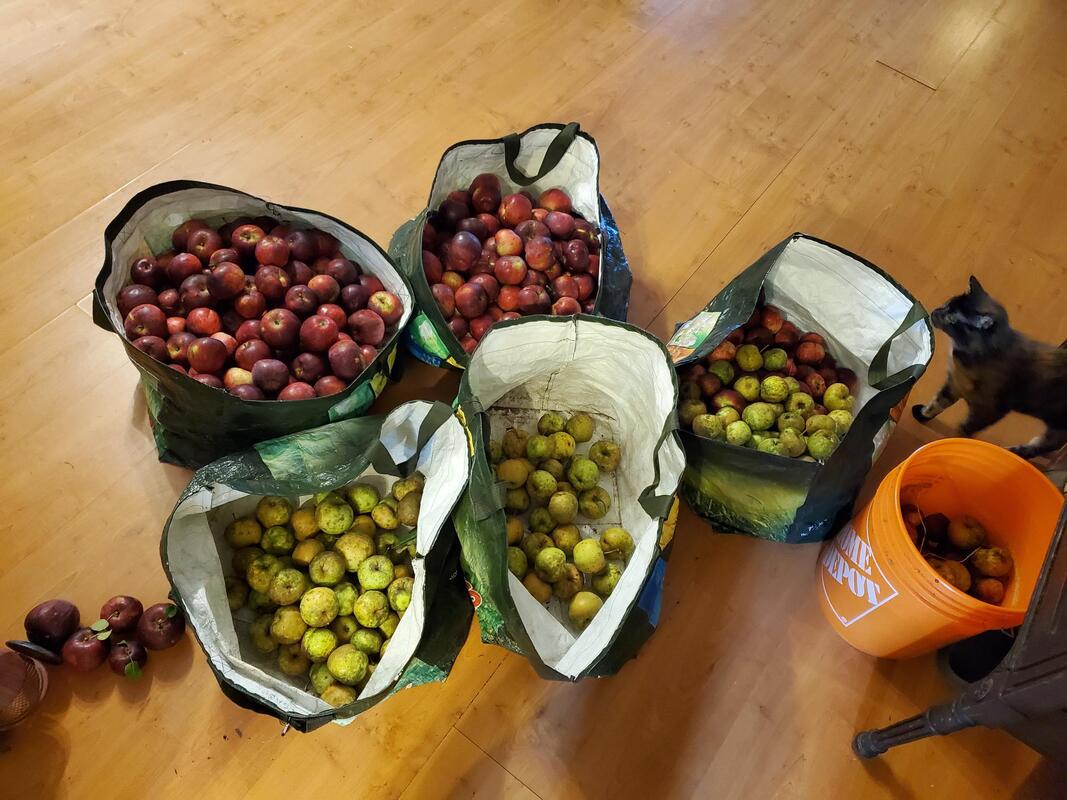
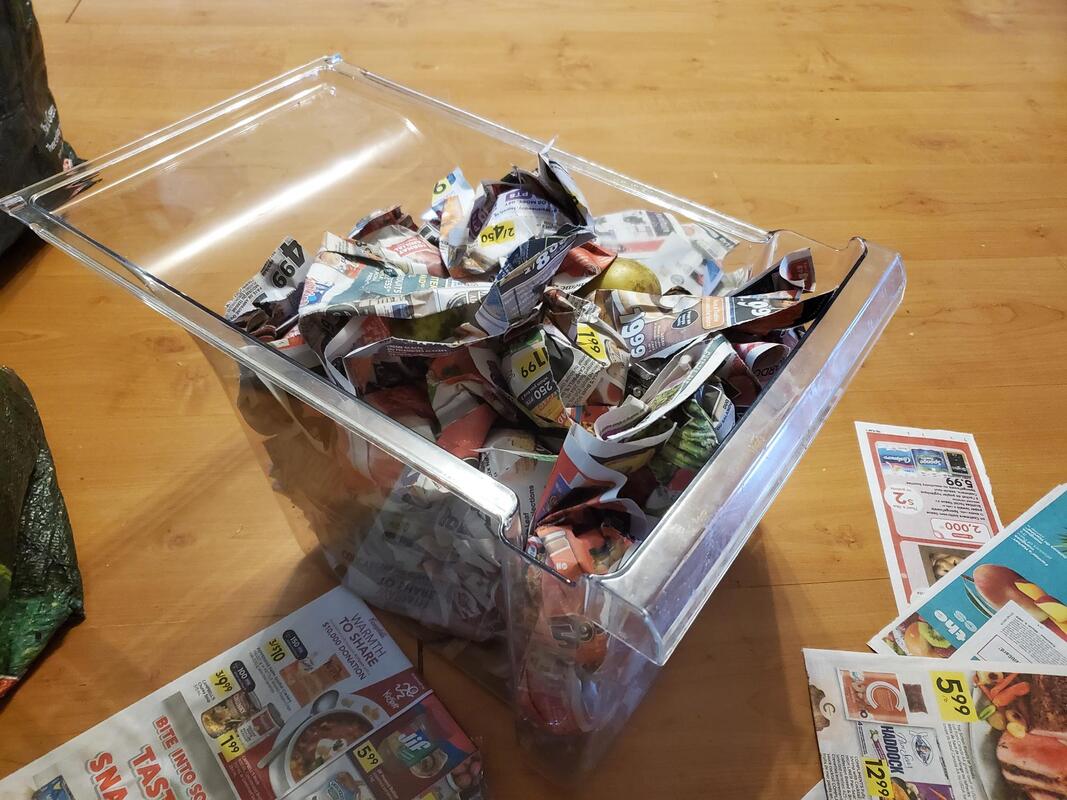



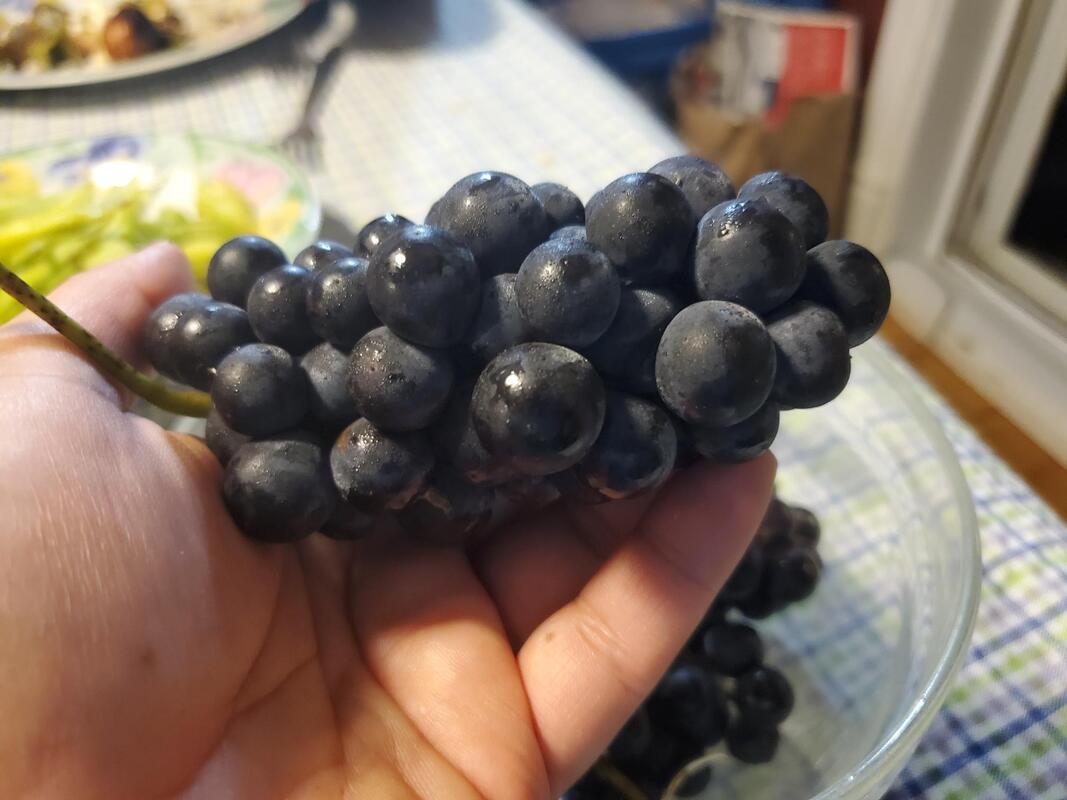
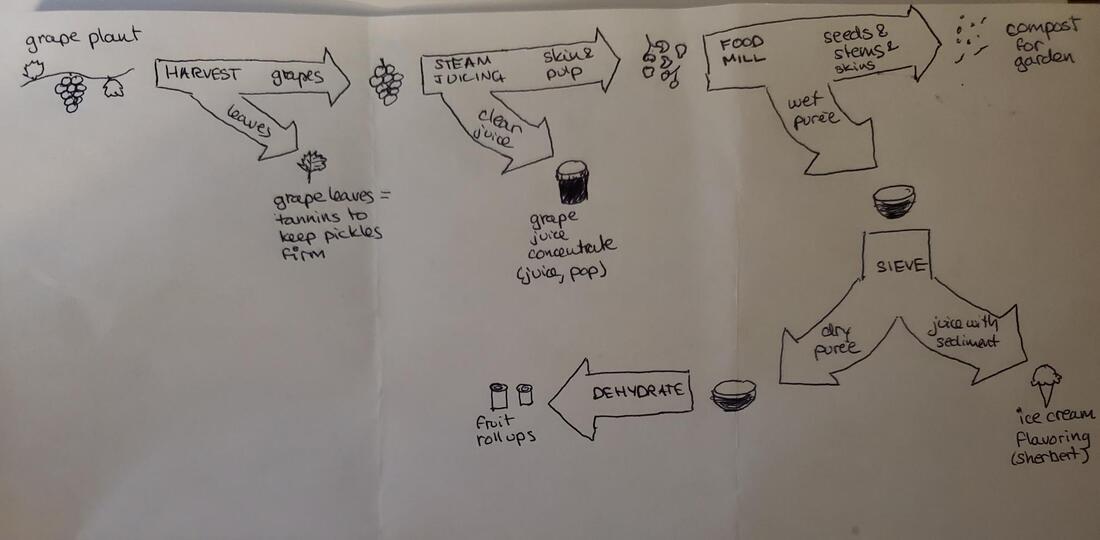
 RSS Feed
RSS Feed
